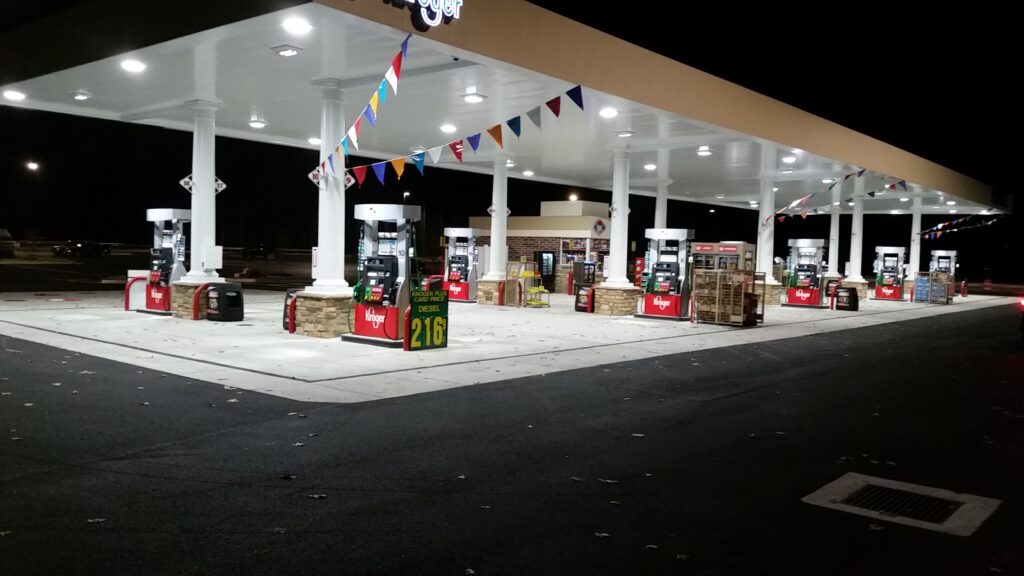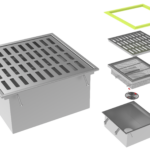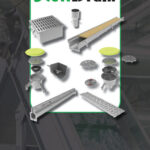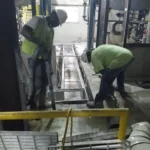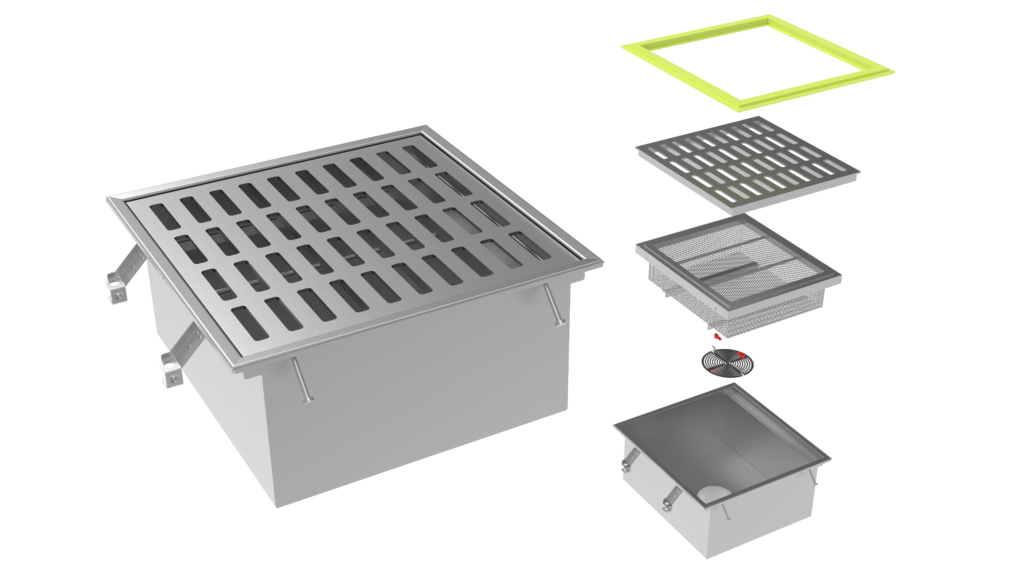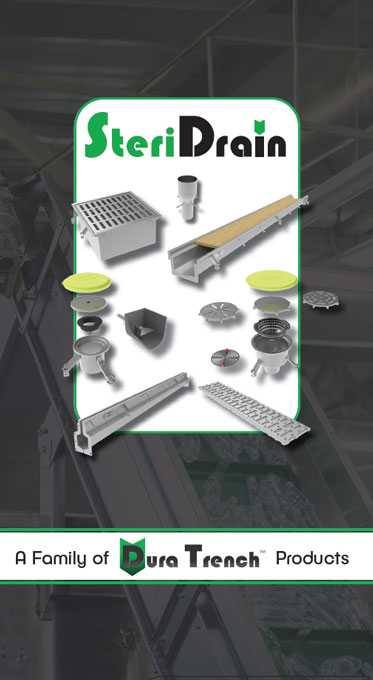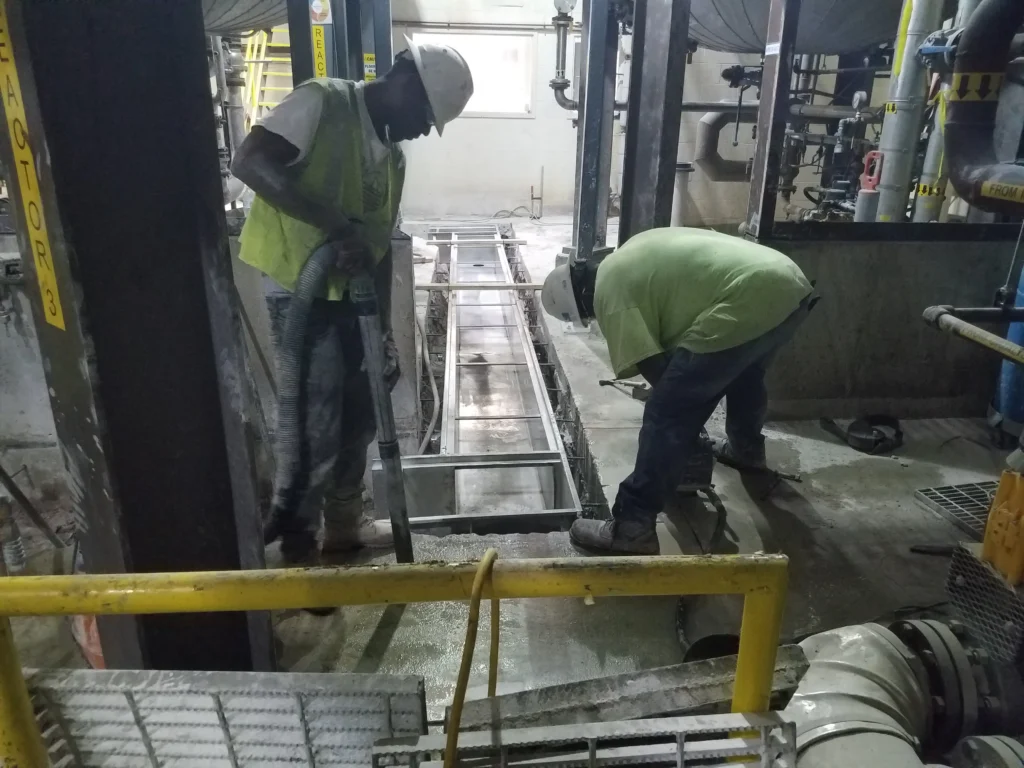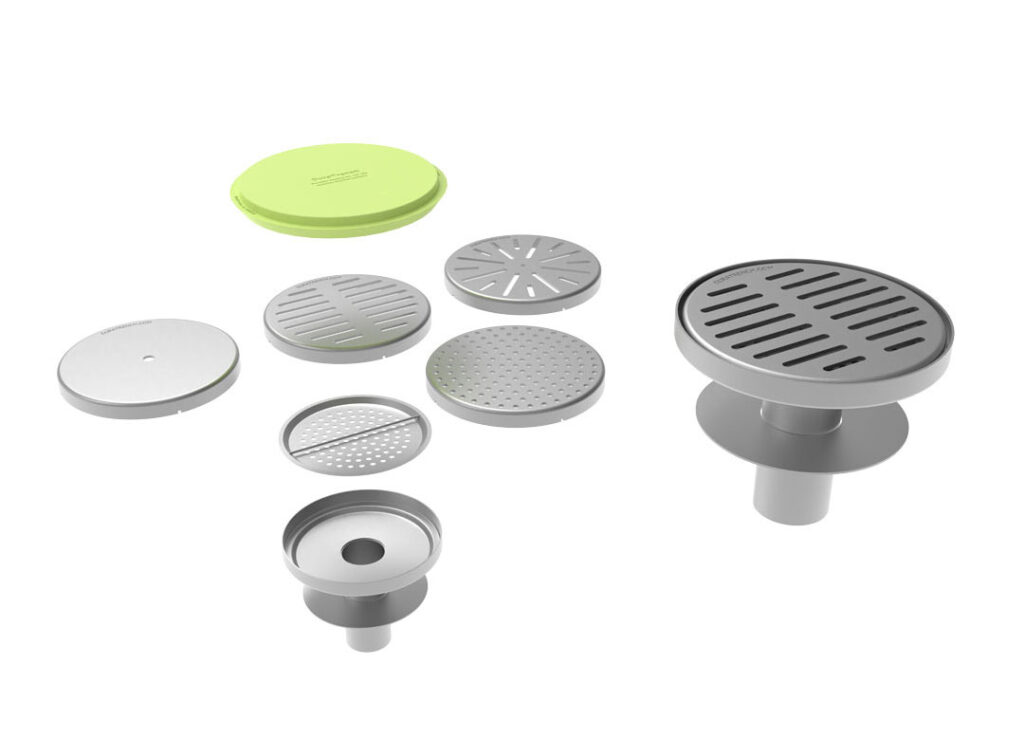Trench drains and standard drains both perform similar tasks but are not designed with the same overall goals in mind. Standard drains and trench drains are unique and can be perfect for different kinds of functions or uses. Both kinds of drains can handle a lot of water runoff, but they are shaped and designed very differently.
If you have never considered trench drains before, you might have been missing out on a quality drainage solution that could resolve most of your drainage woes. Standard drains can be ideal in some situations, but they are not always the best answer when it comes to creating reliable drainage solutions.
What is a Standard Drain?
A standard drain is a drain for common bathroom fixtures like sinks and tubs. This kind of drain obviously works perfectly for a variety of specific uses and they work perfectly to drain away water in these kinds of locations.
These drains are perfect for handling runoff in these kinds of cases and are easy to care for and install. However, they are not always the right kind of drain for floor drains, industrial locations, or outdoor applications. This is because they are usually quite small and have a narrow opening that can clog when exposed to specific kinds of materials and conditions.
Standard drains can be 1.25” through 1 5/8” but are not typically any larger than this. There are custom options that can be made for locations that need this kind of drain for specific purposes, but they are only going to be effective in places where water runs to a collection point that is lower than the rest of the floor or area.
While this can be perfect for key areas of a property or a home, it cannot answer every drainage need. You might have much wider drainage needs that you cannot attend to with these kinds of smaller drains.
What is a Trench Drain?
Trench drains are made of various materials and can be made in many sizes and shapes. The trench drain will be installed below the surface of the floor or the outdoor space with an opening that might be slot shaped or much wider at the surface.
The trench itself is protected by a grating that can be designed in many styles and shapes. These grates keep people from stepping into the drain below and also ensure that debris or other items don’t fall into the drain and clog it.
Trench drains are linear and can be placed across large areas of an outdoor space, warehouse, or building. These drains are also ideal for walkways, parking lots, and roadways. Trench drains are highly efficient and very effective, as well as being easy to care for and simple to protect with quality drains.
Sanitation Considerations
One of the main reasons that you need to install drainage is for sanitation purposes. Keeping standing water and runoff from impacting your property is important to ensure that this water is not breeding mosquitos and other pests and that it cannot create bacteria that might be harmful to the well-being of those who spend time on your property.
Trench drains are much easier to clean and care for than standard drains. This makes them much more ideal when you are considering sanitation needs. Being sure that you can remove contaminants and other debris from your drainage can be key for both business and home applications, which is why trench drains are often the best choice for this need.
Space Considerations
When it comes to saving space, it might seem like standard drains are not as invasive as trench drains, but the real consideration that you need to have in mind is how many standard drains will be needed to handle the amount of water that a single trench drain can tackle.
Trench drains are really low-profile, and they are simple to install. While they might technically take up more space than a standard drain would, a single trench drain will be able to take care of a lot more standing or flowing water, which makes them far more space-efficient.
Installation Considerations
While trench drains require more excavation to be placed, they are not that difficult to add to your location overall. The other benefit of trench drain excavation is that you do not have to dig as deep in most cases as you would to place a standard drain. This can make the process of adding this kind of drainage much less difficult and disruptive than you might think.
Installation of both of these types of drains is not that tough, but trench drains tend to come out on top when it comes to efficiency as well as performance, making them a better choice in many cases than a standard drain.
Choosing the Right Drain for Each Situation is Key
If you are not sure which kind of drain you want to use for your business or home drainage solutions, you should be sure that you read this guide and learn more about each type of drain. There are reasons for both kinds of drains, and you might use a combination of each of them on your property. Trench drains are ideal for handling large volumes of water in areas that are sizeable. Standard drains are better for indoor applications where a focused amount of water needs to be attended to.
Selecting the right drains to make sure that you are not struggling with drainage issues all year long. Overall, trench drains are more versatile than standard drains overall. They are typically more cost-effective than other drainage solutions as well.
If you need to handle a significant amount of drainage at your location, a trench drain is usually your best bet. Our team can help you to install quality trench drains that will hold up well to years of use. We have lots of experience in creating drainage solutions that are ideal for our clients and we work hard to be sure that you are completely satisfied with your drainage installation.



